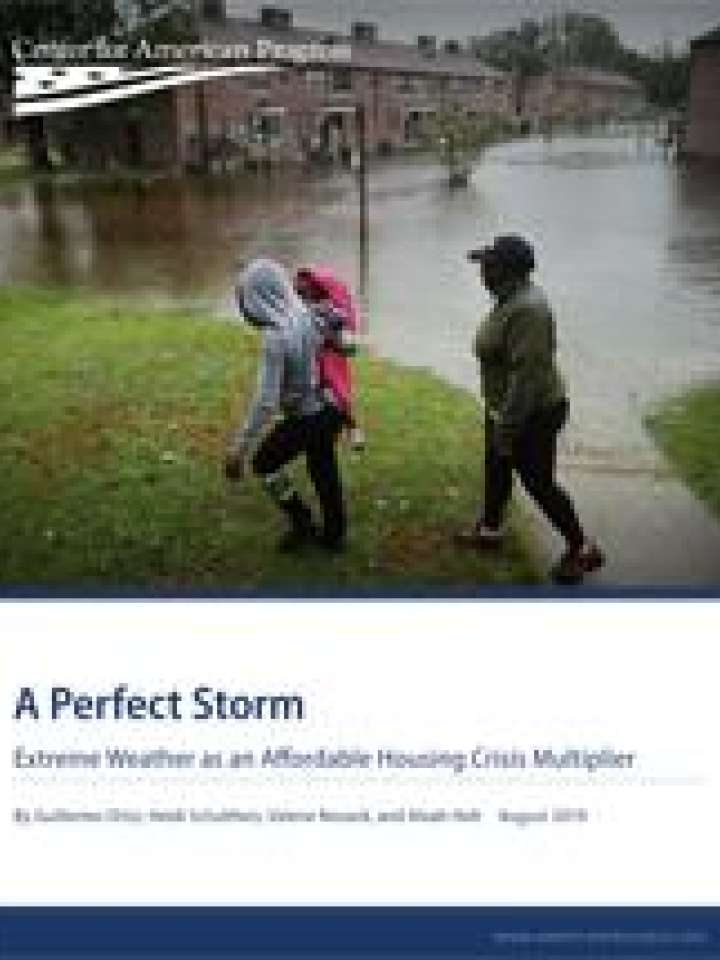A perfect storm: Extreme weather as an affordable housing crisis multiplier
In the United States, the loss of housing in low-income communities due to extreme weather events such as Hurricane Michael, which killed 49 people and caused more than $25 billion in damage, further compounds the nationwide affordable housing crisis. Currently, there is a national shortage of 7 million affordable and available rental homes for extremely low-income renters. This shortage disproportionately affects communities of color and disabled people; Native American, Black, Hispanic, and disabled renters are all more likely to have extremely low incomes than renters who do not fall into these groups. And with affordable homes increasingly unavailable to renters, homelessness is on the rise. Families living paycheck to paycheck, trying to manage growing housing prices with a shortage of housing assistance, are left doubling up with friends or family, living in shelters, or stuck in unsheltered homelessness.
This report provides background on the interrelated crises of homelessness and rising housing costs in the United States. It discusses how the increase in frequency and intensity of extreme weather events, coupled with inequities in the country’s disaster response systems, has disproportionate, hard-hitting impacts on frontline communities—including low-income individuals and people experiencing homelessness. Finally, the report provides five recommendations for building resilient, accessible, and affordable communities, laying out steps for policymakers at the local, state, and federal levels.
Explore further
